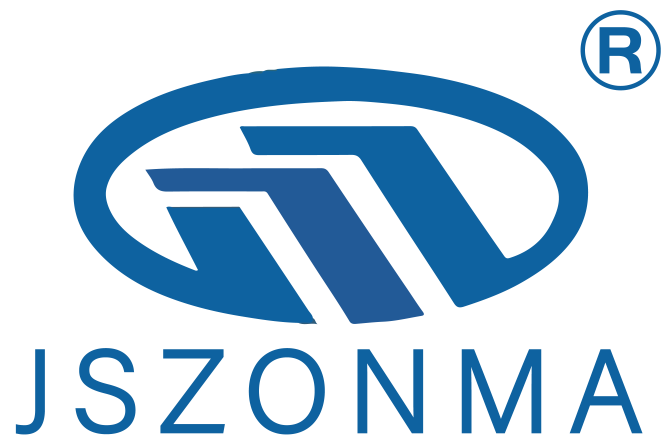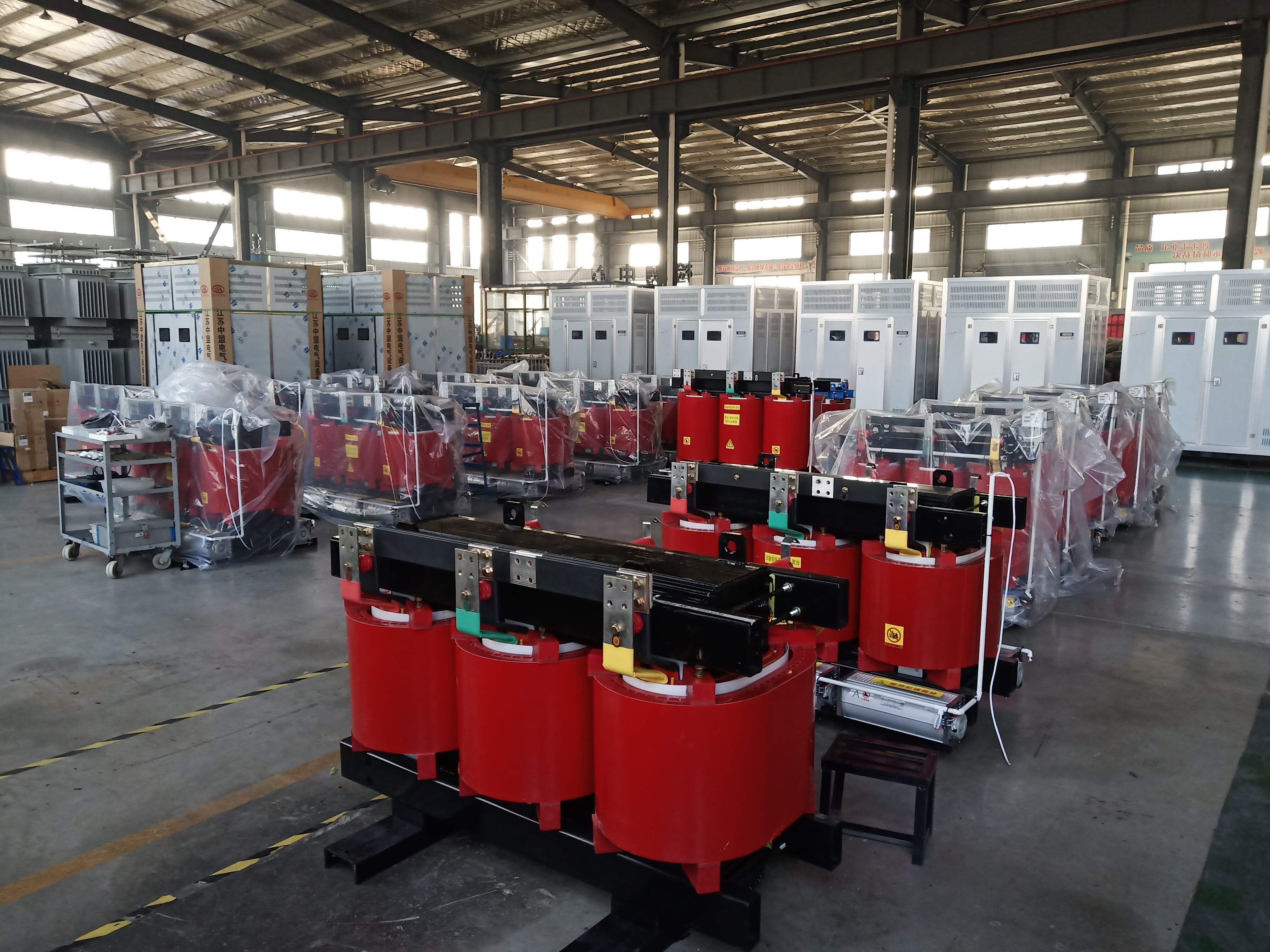Understanding the Core Technology Behind Electrical Distribution
Power transformers stand as the backbone of modern electrical systems, enabling the efficient transmission and distribution of electricity across vast distances. These essential devices work tirelessly behind the scenes, converting voltage levels to ensure safe and reliable power delivery from generation plants to end-users. Their significance in our daily lives cannot be overstated, as they maintain the delicate balance of our entire electrical infrastructure.
From powering residential neighborhoods to supporting massive industrial complexes, power transformers play a crucial role in maintaining the stability and reliability of electrical networks. Understanding their types, applications, and characteristics is essential for engineers, facility managers, and anyone involved in power distribution systems.
Core Categories of Power Transformers
Step-Up Power Transformers
Step-up power transformers are fundamental components in power generation facilities. These transformers increase voltage levels from generators to transmission values, typically from around 15-25kV to anywhere between 138kV to 765kV. By elevating voltage levels, they significantly reduce transmission losses over long distances.
The efficiency of step-up transformers lies in their ability to minimize current flow while maintaining power levels, resulting in reduced heat generation and energy loss during transmission. These transformers feature robust insulation systems and sophisticated cooling mechanisms to handle the high voltages they manage.
Step-Down Power Transformers
At the distribution end of the power network, step-down transformers reduce high transmission voltages to levels suitable for local distribution and consumption. These transformers convert high voltage power to medium voltage (typically 33kV or 11kV) for industrial users or further down to 415V/230V for residential and commercial applications.
Step-down transformers incorporate various safety features and monitoring systems to ensure stable voltage output and protect downstream equipment. Their design prioritizes reliability and efficiency, as they operate continuously to serve countless consumers.
Specialized Power Transformer Configurations
Auto-Transformers
Auto-transformers represent a unique category of power transformers where primary and secondary windings share a common portion. This design offers advantages in situations requiring modest voltage adjustments, as they typically cost less and occupy smaller footprints compared to traditional two-winding transformers.
The efficiency of auto-transformers makes them particularly valuable in grid interconnection applications, where they help maintain voltage stability between different parts of the power network. Their compact design and cost-effectiveness have made them increasingly popular in modern power systems.
Three-Phase Power Transformers
Three-phase power transformers handle the majority of power distribution in industrial and utility applications. These transformers efficiently process three-phase power, which is essential for heavy industrial equipment and large-scale power distribution. Their design incorporates either three single-phase units or a unified three-phase core structure.
The advantages of three-phase transformers include reduced material usage, smaller installation footprint, and improved efficiency compared to equivalent single-phase installations. They represent the standard choice for major power distribution networks and industrial facilities.

Application-Specific Power Transformers
Distribution Power Transformers
Distribution power transformers serve as the final link in the power delivery chain, providing the appropriate voltage levels for end-users. These transformers are designed for reliability and low maintenance, often operating for decades with minimal attention. They incorporate features like tap changers to accommodate fluctuations in supply voltage while maintaining stable output.
Modern distribution transformers often include smart monitoring capabilities, enabling remote supervision and predictive maintenance. This technology helps utilities optimize their operations and respond quickly to potential issues before they affect service quality.
Industrial Power Transformers
Industrial power transformers are engineered to meet the specific demands of manufacturing facilities, processing plants, and other heavy industrial applications. These transformers often handle unusual voltage combinations, frequent load changes, and harsh operating environments. Their robust construction ensures reliability under challenging conditions.
Special features of industrial transformers may include enhanced cooling systems, superior short-circuit strength, and advanced monitoring capabilities. Their design prioritizes continuous operation and minimal downtime, as any interruption can result in significant production losses.
Modern Innovations in Power Transformer Technology
Smart Monitoring Systems
The integration of smart monitoring technologies has revolutionized power transformer maintenance and operation. Modern transformers incorporate sensors and communication systems that provide real-time data on critical parameters such as temperature, oil condition, and load patterns. This information enables predictive maintenance strategies and improved asset management.
Advanced analytics platforms process this data to predict potential failures and optimize transformer performance. The resulting insights help utilities and industrial users maximize equipment lifespan while minimizing operational risks.
Eco-Friendly Designs
Environmental considerations have driven significant innovations in power transformer design. Modern units feature biodegradable insulating fluids, energy-efficient core materials, and reduced noise emissions. These improvements address growing environmental concerns while maintaining or enhancing performance characteristics.
The development of green transformer technologies continues to advance, with researchers exploring new materials and designs to further reduce environmental impact. These innovations represent the future of power transformer technology, balancing performance requirements with sustainability goals.
Frequently Asked Questions
What is the typical lifespan of a power transformer?
Power transformers typically last between 20 to 35 years when properly maintained. However, many transformers continue to function effectively for 40 years or more with appropriate care and regular maintenance. The actual lifespan depends on factors such as loading patterns, environmental conditions, and maintenance practices.
How do power transformers handle overload conditions?
Power transformers are designed with thermal capacity that allows them to handle temporary overloads. Modern transformers include thermal monitoring systems and cooling mechanisms that activate during high-load periods. However, prolonged overloading can accelerate insulation aging and reduce transformer life expectancy.
What maintenance do power transformers require?
Regular maintenance includes oil testing, insulation resistance measurements, thermal imaging, and diagnostic testing of various components. Smart monitoring systems help optimize maintenance schedules, but periodic physical inspections remain essential. Maintenance requirements vary based on the transformer type, application, and operating conditions.

